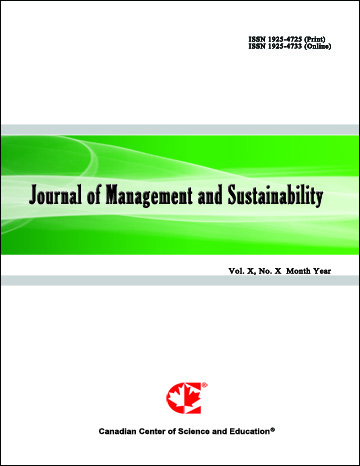Supply and Demand Relationship of Taxi Battery Exchange Based on Big Data: A Case Study of Beijing, China
- Zhenhua Gao
- Jing Wang
- Wenrui Ren
Abstract
The power exchange mode is widely applied in the rental field as an efficient energy supply method for new energy vehicles. The power supply-demand relationship analysis swaps. In particular, the quantitative spatial analysis of sub-regions is of great significance for optimizing the spatial layout of power swapping stations, better operation of taxis, and more efficient power swapping stations. Therefore, this paper analyzes the correlation between the ten states of taxis and the corresponding power exchange. The present analysis targets the limitations in the existing methods to analyze the power exchange supply and demand and utilizing the big data pertaining to real-time taxi operation, order-taking mode, and station-swapping operation. As per the correlations, a calculation method is established to determine the power exchange demand based on the location where the orders are received and the matching method of the power exchange supply and demand. Besides verifying the scientific nature and feasibility of the method empirically, this study also ensured its great flexibility, which allows it to adapt to more complicated social scenarios. The big data analysis indicates that determining the spatial distribution of demand based on the location from where the taxi orders are received is far more rational and practical. Thus, this study has a vital role in guiding the location and layout of interchange stations.
- Full Text:
 PDF
PDF
- DOI:10.5539/jms.v11n1p177
Journal Metrics
Google-based Impact Factor (2021): 1.54
h-index (July 2022): 37
i10-index (July 2022): 147
h5-index (2017-2021): 12
h5-median (2017-2021): 19
Index
- Academic Journals Database
- ANVUR (Italian National Agency for the Evaluation of Universities and Research Institutes)
- CAB Abstracts
- CNKI Scholar
- EconBiz
- Excellence in Research for Australia (ERA)
- GETIT@YALE (Yale University Library)
- Harvard Library
- HeinOnline
- Infotrieve
- JournalTOCs
- LOCKSS
- MIAR
- PKP Open Archives Harvester
- RePEc
- Scilit
- SHERPA/RoMEO
- Stanford Libraries
- UCR Library
Contact
- Evelyn XiaoEditorial Assistant
- jms@ccsenet.org
